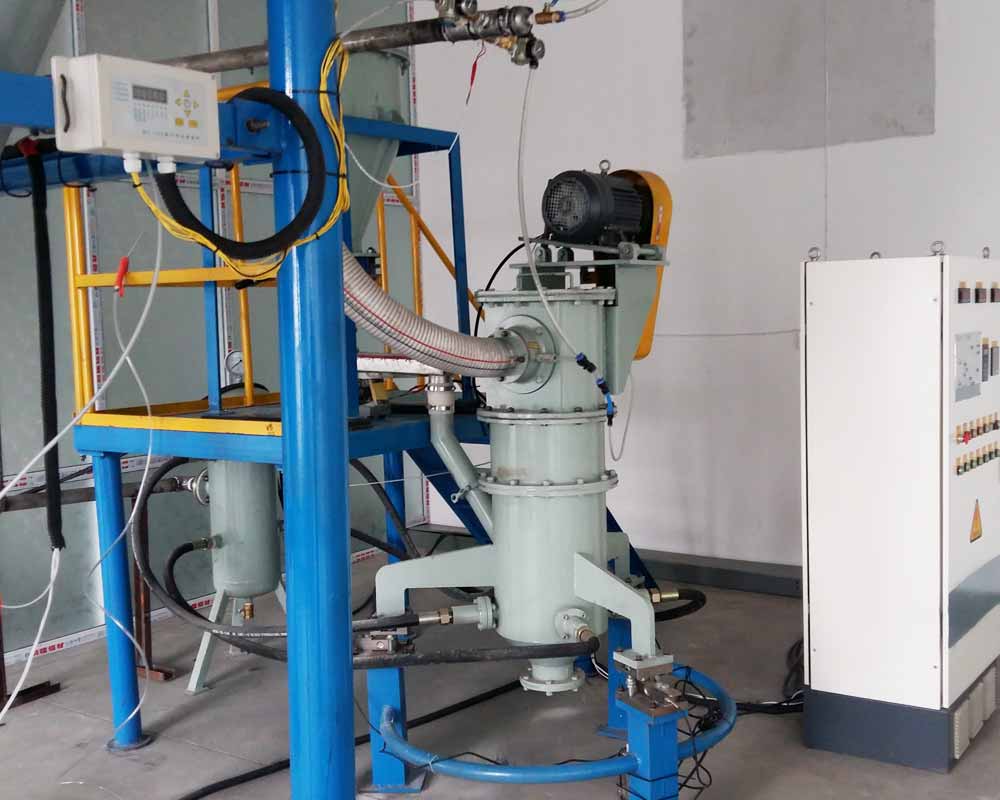Common troubleshooting of ultra-fine grinder
Ultra-fine grinders can be divided into dry grinding and wet grinding. According to the different principles of the grinding force generated during the grinding process, dry grinding has airflow, high-frequency vibration, rotating ball (rod) grinding, hammering and self-grinding, etc.; wet grinding mainly uses colloidal grinding and Homogenizer to complete.
The host system of the ultra-fine grinder is composed of an air compressor, an air purifier system, a supersonic jet mill, a classifier, and a cyclone separator. Medium and small fluidized bed type airflow ultra-fine grinders usually combine supersonic jet mills, classifiers and cyclones into an integrated machine, which can greatly save floor space and facilitate installation, transportation and use.

Elimination of common faults of ultra-fine grinder:
1. Reverse injection at the feed inlet: improper adjustment of the air door, blockage of the conveying pipe, clogged sieve, too short powder collection bag or poor air permeability, serious wear on the edge of the hammer, etc. will cause the reverse injection at the feed inlet. When this phenomenon occurs, you should first find out the cause, and then take targeted elimination measures, or adjust the air door to clear the blockage, or exchange the powder bag to increase the air permeability, or replace the hammer.
2. Bearing overheating: When the bearing is poorly lubricated, damaged, or the main shaft is bent, the rotor is severely unbalanced, and the belt is too tight, the bearing will overheat. The bearings can be restored to normal conditions by adding or replacing lubricating oil, replacing bearings, spindles, balancing rotors, and adjusting belt tightness.
3. The grindervibrates strongly:
① If the hammers are installed incorrectly, they should be rearranged according to the requirements of the manual;
② The weight deviation of the corresponding two sets of hammers is too large, and their weight should be balanced so that the weight difference does not exceed 5 grams;
③If the bearing is damaged or the main shaft is bent, it should be replaced in time;
④ The foot connecting screws are loose and should be tightened.
4. There is abnormal sound in the grinder: the parts in the grinder are damaged or falling off, or if hard objects such as rocks or iron enter the machine, abnormal sound will be generated. Stop the machine for inspection immediately, replace the damaged parts and remove the hard objects.
5. Low production efficiency: Insufficient motor power, improper belt pulley preparation, belt slippage, severe hammer wear, uneven feeding or excessive water content of raw materials are the main reasons for low production efficiency. When the above situation occurs, corresponding measures can be taken to solve the problem, or the motor or belt pulley can be replaced to increase the speed, but the rated operating speed should not be exceeded; or the belt tightness can be adjusted, or the belt should be replaced, or the hammer can be replaced. During operation, the feed should be uniform, and a small amount should be fed quickly to maintain continuous and uniformity; the over-wet raw materials should be dried before grinding.
